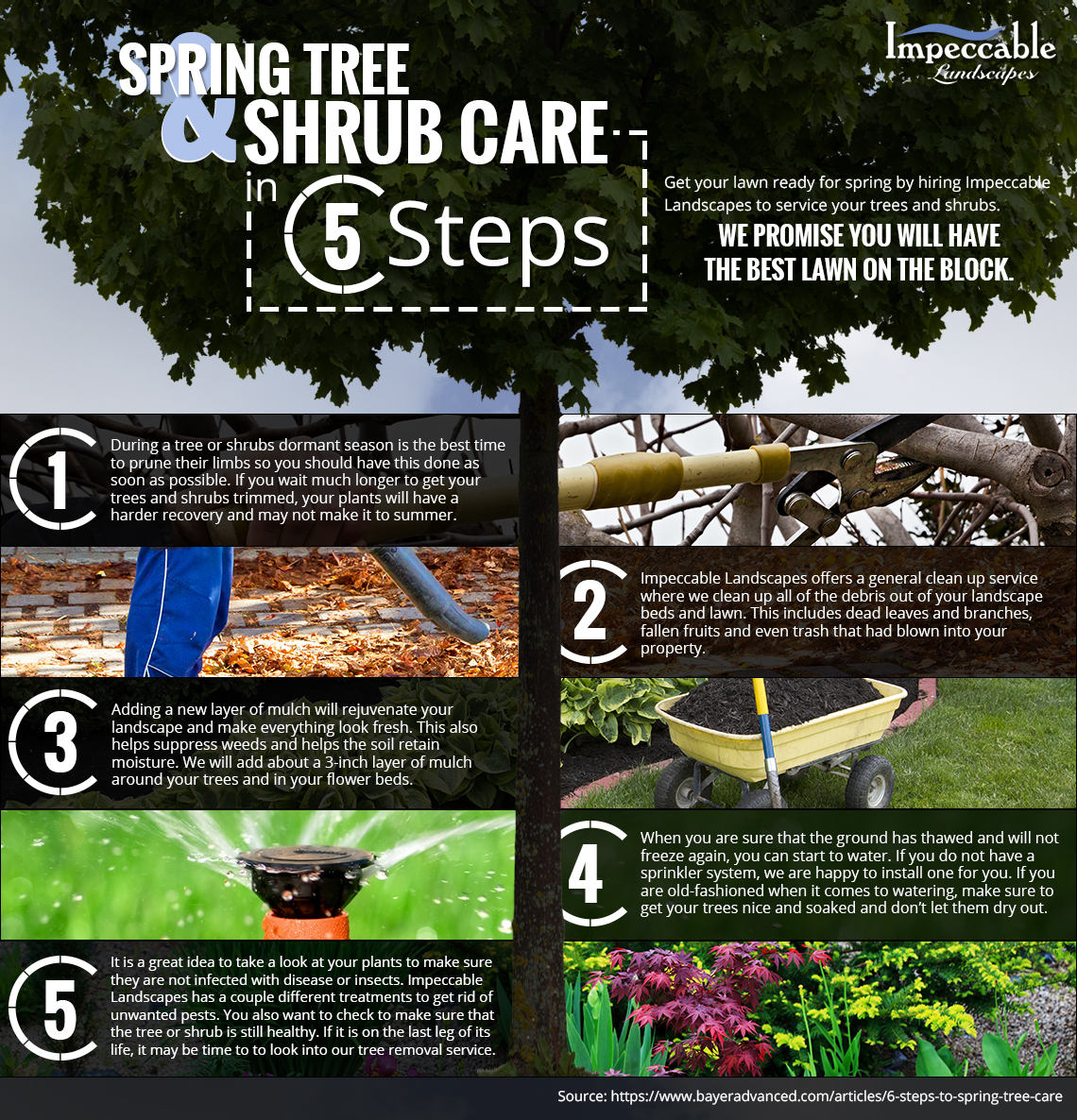Recognize Essential Signals That May Suggest Your Tree Is Risky; Recognizing These Can Help Ensure The Safety And Security Of Your Building And Loved Ones.What Should You Observe Next?
Recognize Essential Signals That May Suggest Your Tree Is Risky; Recognizing These Can Help Ensure The Safety And Security Of Your Building And Loved Ones.What Should You Observe Next?
Blog Article
Produced By-Velling Cormier
When it pertains to tree treatment, acknowledging the indicators that it's time for removal is vital for your security and home. You may notice stained fallen leaves, wilting branches, or odd fungal growths showing illness. Architectural issues, like a considerable lean or cracks in the trunk, can also present dangers. Understanding these indication can aid you make educated decisions concerning your trees and prevent potential threats prowling in your lawn. What should you seek following?
Indications of Degeneration and Disease
When you observe indicators of decay and illness in your trees, it's crucial to act rapidly. Seek blemished fallen leaves, wilting branches, or uncommon developments like fungus. These can suggest that your tree is having a hard time.
If you see fractures in the bark or soft, mushy timber, these symptoms recommend internal degeneration. Furthermore, an unexpected rise in bugs around your tree can indicate that it's deteriorated and vulnerable.
Look for https://www.chamberofcommerce.com/united-states/colorado/loveland/tree-service/2023305821-precision-timber-felling of dead or passing away arm or legs, as they posture a risk to your home and security. If you're uncertain about what you see, getting in touch with an arborist can give clearness.
Attending to these indicators early can save you from much more comprehensive damage and ensure the wellness of your lawn. Don't wait till it's far too late.
Structural Instability and Leaning
As you observe your trees, watch out for any kind of indications of architectural instability or leaning. If a tree leans considerably, it may show that the root system is jeopardized.
Try to find any type of splits in the trunk or soil around the base; these can signal possible failing. Furthermore, check for unusual growth patterns, like an unbalanced crown, which may suggest that the tree is battling to hold itself upright.
If https://www.live5news.com/2020/01/18/dominion-energy-suspends-plan-cut-trees-sullivans-island/ see that the tree leans toward your home, high-voltage line, or various other frameworks, it positions a greater risk. Do not ignore these signs-- consult an arborist to assess the circumstance.
Taking action early can protect against expensive damage and ensure your security.
Dead or Perishing Branches and Foliage
If you notice dead or dying branches and vegetation on your tree, it's a clear indication that something's wrong.
These undesirable areas can indicate underlying problems like condition, pest infestations, or ecological stress. When branches lose their leaves or turn brown, they're no more contributing to the tree's wellness. Overlooking these indications could lead to additional decrease, making your tree more dangerous.
Dead branches can quickly break short throughout storms, presenting a threat to property and individuals close by. It's vital to examine the degree of the damage.
If the problem influences a considerable part of the tree, take into consideration speaking with a specialist. They can aid determine if elimination is required to make sure safety and security and maintain the elegance of your landscape.
Conclusion
If you observe any indications of decay, structural instability, or dead branches on your trees, do not overlook them. These signs can position major safety and security risks to you and your residential property. It's always best to speak with a professional arborist that can give a professional evaluation of your trees. Doing something about it early can protect against crashes and costly damage, ensuring your landscape remains secure and healthy and balanced. Keep in mind, it's much better to be positive regarding tree care than to wait for a calamity to happen.
